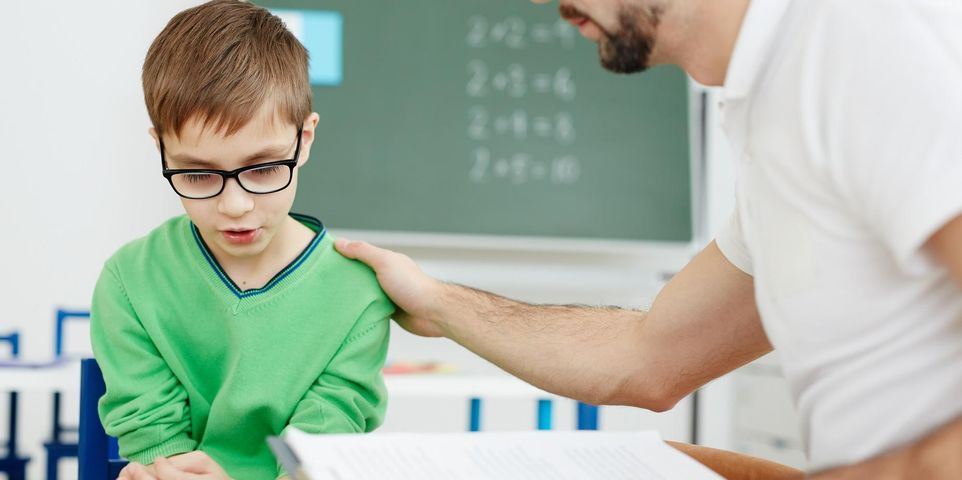The Impact of Trauma on Children

A traumatic event is an experience that is too much, too soon, or too fast for our nervous system to handle and resolve. Traumatic events are just as stressful and life-altering for a child or adolescent as they are for an adult. In fact, since children often do not possess the same coping skills and defense mechanisms as adults, the impact can be even more profound. Post traumatic distress can result from any number of distressing life experiences, including abuse and neglect, natural disaster, the sudden death of a loved one, or exposure to violence on the street, in the home, or in the media. Children have natural resilience. Too much, too soon, too fast to cope with and resolve overwhelms resilience. Below are important facts to know about the impact of traumatic events on children.
Childhood Trauma
Childhood events that can be traumatic involve a threat to a child’s life or pesronal integrity and fear of losing their connection with their primary caregivers. Because children acquire much of their sense of personal safety from structure and predictability and from connection with their caregivers, events that seriously affect these components can traumatize a child. They feel less safe in the world and develop powerful emotional and physical reactions as a way of protecting themselves.
With a child, trauma can show up in different ways. The most obvious signs are behaviors that resemble acting out. The child may have trouble regulating their emotions and responses. Symptoms of anxiety and depression are common. They might have nightmares, trouble eating and sleeping, and difficulty with academics. Their relationships can be affected as well.
How to Support a Child or Teen Who Suffers From Traumatic Stress
 As a parent, teacher, coach, or other caregiver, there are steps you can take to nurture a healthy relationship and help a young person who has experienced a traumatic event. One of the most important is to be fully present for them. Listen well. Hear their specific fears and concerns. Without prying, encourage them to talk openly and honestly. Don’t censor them. It’s their experience they need to tell you about. don’t rush to find a solution for the presenting problem. First, understand the extent of their fears and worries.
As a parent, teacher, coach, or other caregiver, there are steps you can take to nurture a healthy relationship and help a young person who has experienced a traumatic event. One of the most important is to be fully present for them. Listen well. Hear their specific fears and concerns. Without prying, encourage them to talk openly and honestly. Don’t censor them. It’s their experience they need to tell you about. don’t rush to find a solution for the presenting problem. First, understand the extent of their fears and worries.
A child who has been traumatized wants, needs, and deserves to be heard. Validate what they’re feeling by confirming that what they’ve been through is, indeed, difficult. Assure them that they have people who care about them and that they can come to you with any fears or concerns.
Help them return to a sense of normalcy in everyday life. Invite them to come to you and chat, or to practice their skill, if you’re coaching. Re-establishing structure and predictability in their lives is essential to helping a child feel safe. Brief therapy is an effective way to help the child contain the impact of the trauma and restore functioning and for parents to learn strategies of support. For full restoration of the traumatic event, a child or adolescent may require therapy for a longer period of time.
Obtaining professional assistance for a child with PTSD should be a priority. Child therapist Sally Caldwell, LPC-S and psychiatrist Ronald Martino, M.D., at Fairbanks Psychiatric & Neurological Clinic APC are here to help. Along with counseling and psychiatry services, the clinic also offers neurological consults with a primary care referral. Sally Caldwell, LPC-S, is now accepting Tricare and private insurance. Start the scheduling process today by calling (907) 452-1739 or visiting their website.
Special thanks to Sally Caldwell, LPC-S for her contributions to this article.
About the Business
Have a question? Ask the experts!
Send your question

